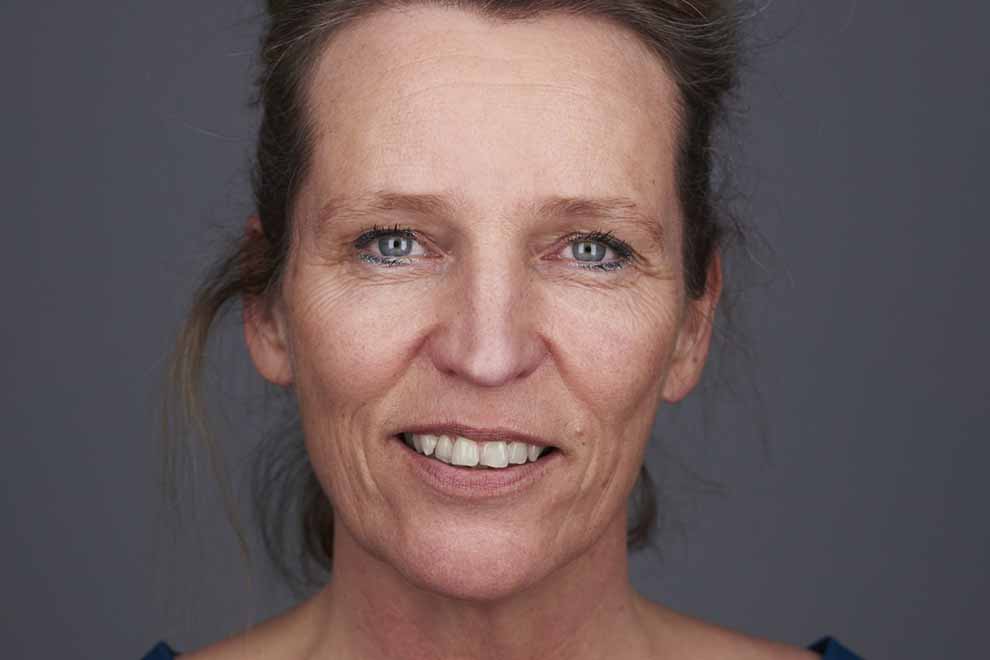What is the value of hybrid care pathways and how successful are they? What is the vision and does healthcare believe in them? And what steps are needed? Pulmonologist and CMIO Anneke van Veen on success and failure factors.
By hybridizing care pathways with maximum digital and technical support, we can start delivering care at the right time, for the right person, in the right place and through the right channel. In this way, caregivers can be optimally deployed and there is more time, space and attention for the patient.
During Zorg & ict, the Federation of Medical Specialists, CMIO Medical Information Management Network, CMIO Network First Line and V&VN CNIO Network discuss this. Anneke van Veen, pulmonologist and CMIO at CWZ Nijmegen, will kick off the discussion.
The 2025 goals of the Integrated Care Agreement (IZA) state 70 percent of care pathways for digital or hybrid care will be available to 50 percent of affected patients. "That's quite a challenge given the current state of affairs," Van Veen said. As a yardstick, she takes the figures from "her" CWZ and from Santeon. Twenty care paths for digital/hybrid care are now in use at the CWZ, Santeon-wide there are between twelve and fifteen. "That's a drop in the bucket," she says.
On top of normal work
When it comes to the implementation of hybrid care paths, the healthcare world sees quite a few bumps in the road. Anneke van Veen: "Care providers mainly have the idea that it creates more work. And there are financial challenges. Production and income go down. Costs are rising, especially where there is no reimbursement yet. And it is not clear where the revenues will end up."
On top of that, research on hybrid care is complex because it involves integral processes and not single pilots that you can look at with randomized clinical trials. Moreover, there are always new technologies and methods. Anneke van Veen: "Still, we will have to start working on it soon. We cannot wait until we have all the answers."
Success and failure factors
That won't be groping in the dark because plenty is known about the success and failure factors, Van Veen reveals. "Success lies in changing the whole care pathway and not just deploying a few tools."
Nurses have a key role in this. They have by far the most contact with the patient, even when it comes to digital measurement and self-monitoring. It is up to them, for example, to give instructions in the outpatient clinic or to be the first to react to signals or abnormal values.
And other key role has the family physician, according to discussions in the room. So he or she should be actively involved in the development of transmural hybrid care pathways. "The patient plays the biggest role in his or her disease process," said family physician Willemijn Edel. "Most people with chronic illnesses don't come to the hospital at all. The family physician is the only one who has contact."
The question remains as to how best to involve the primary care physician without succumbing to an overload of information.
Experiments with hybrid patient journeys
The CWZ is already experimenting with hybrid patient journeys in asthma and COPD home monitoring, Van Veen reveals. "One of the lessons is that stakeholders find each other easily. They all work with the same medical guidelines and a protocol is easily created. The complications in implementation are more in the logistics and organization."
This is also apparent in the collaboration between different hospitals, for example, in the establishment of a digital Medical Service Center to guide the patient in his or her journey. "Each hospital has set that up differently. How can we work together on this?" asks a CMIO at Isala.
Santeon offers a great platform for this, Anneke van Veen argues. "Two hospitals have recently developed a protocol for sharing information within Epic and HiX. That is then successfully presented to all seven hospitals."
Everyone sees the potential of hybrid care. But a lot has to happen before the fruits can be reaped. The discussion with the audience concludes with two questions. Has digital care reduced the workload? And has it made care cheaper?
Printed transfer
In both cases, the answer is "no. "Healthcare in its completeness has not yet been transformed. Systems don't talk to each other. So the workload only increases," says a CWZ CMIO. "We have a wonderful epd, but the transfer still goes along printed on the patient's abdomen. That paradox takes so much time."
Part of innovating is throwing away what no longer works, but that doesn't happen, the room said. "Everything stays and just requires maintenance. As a result, the organization grinds to a halt."












